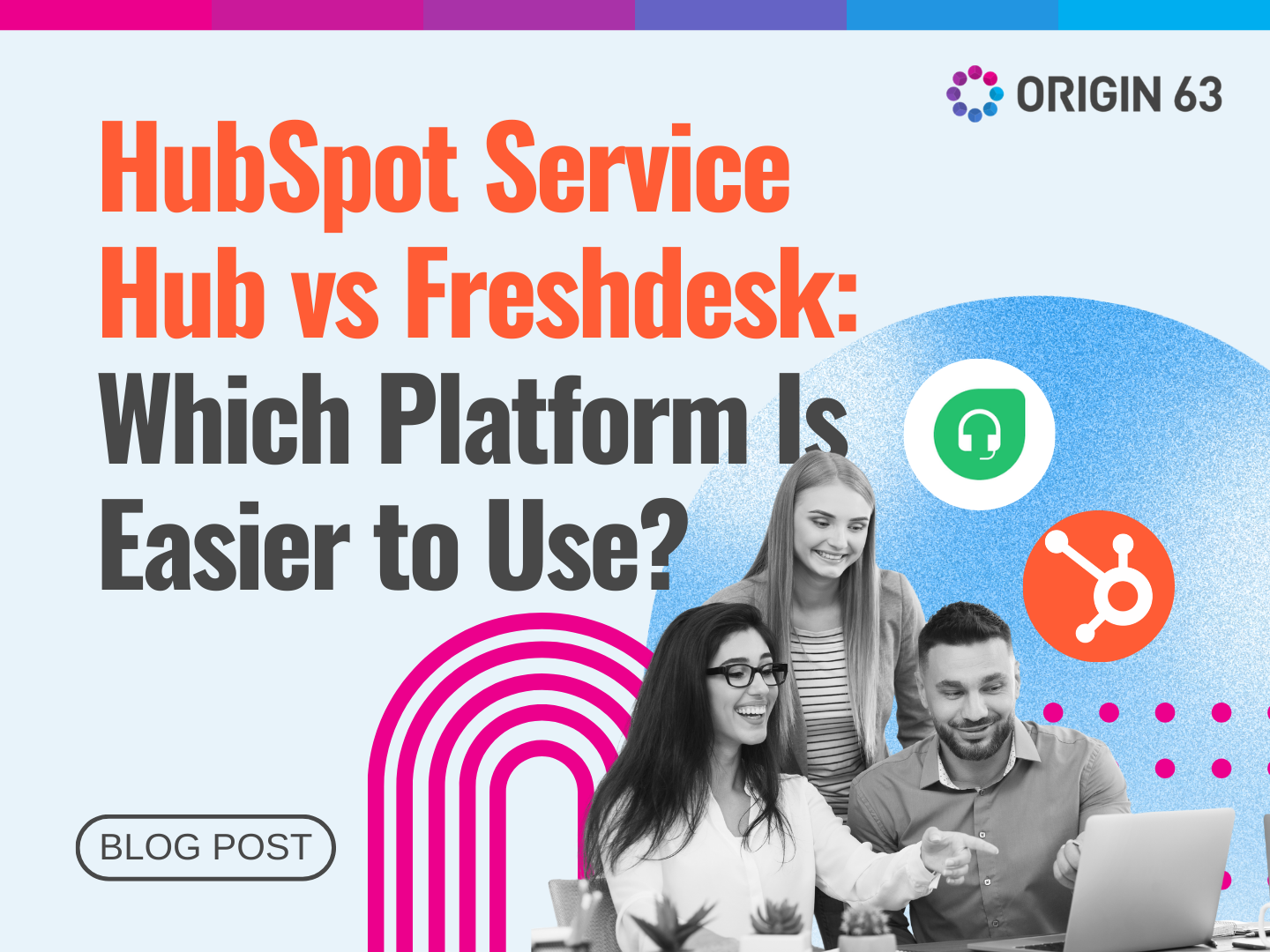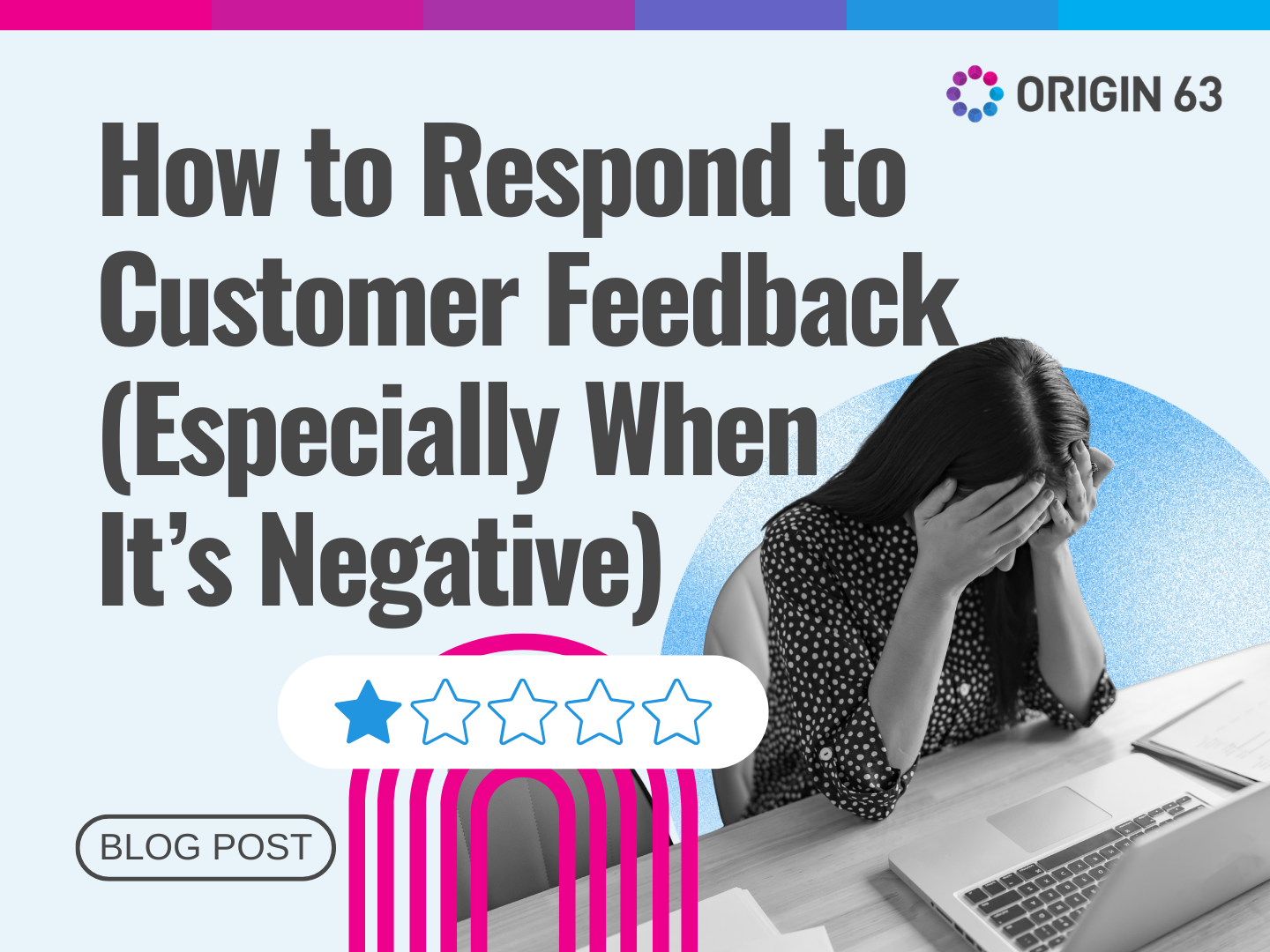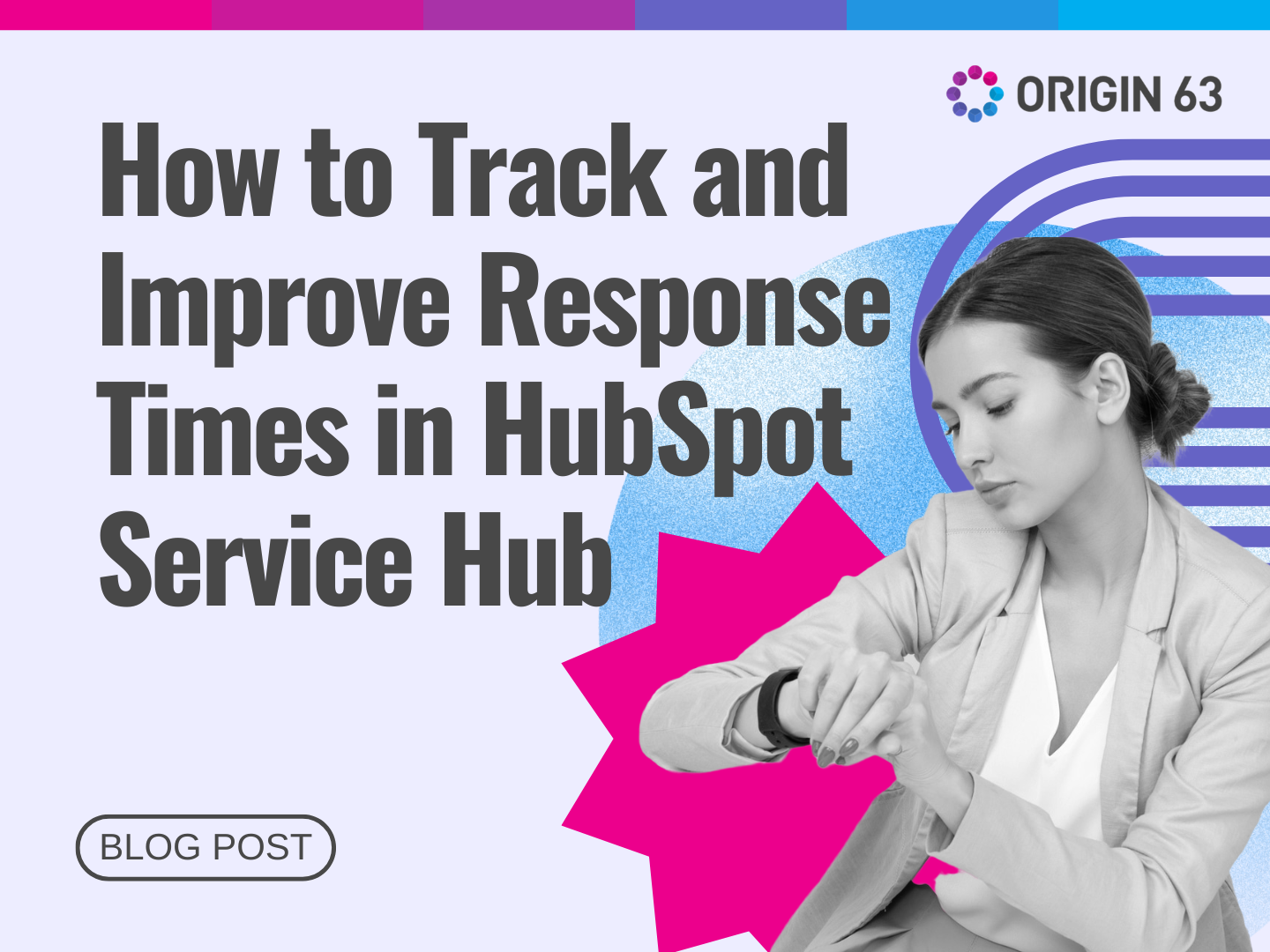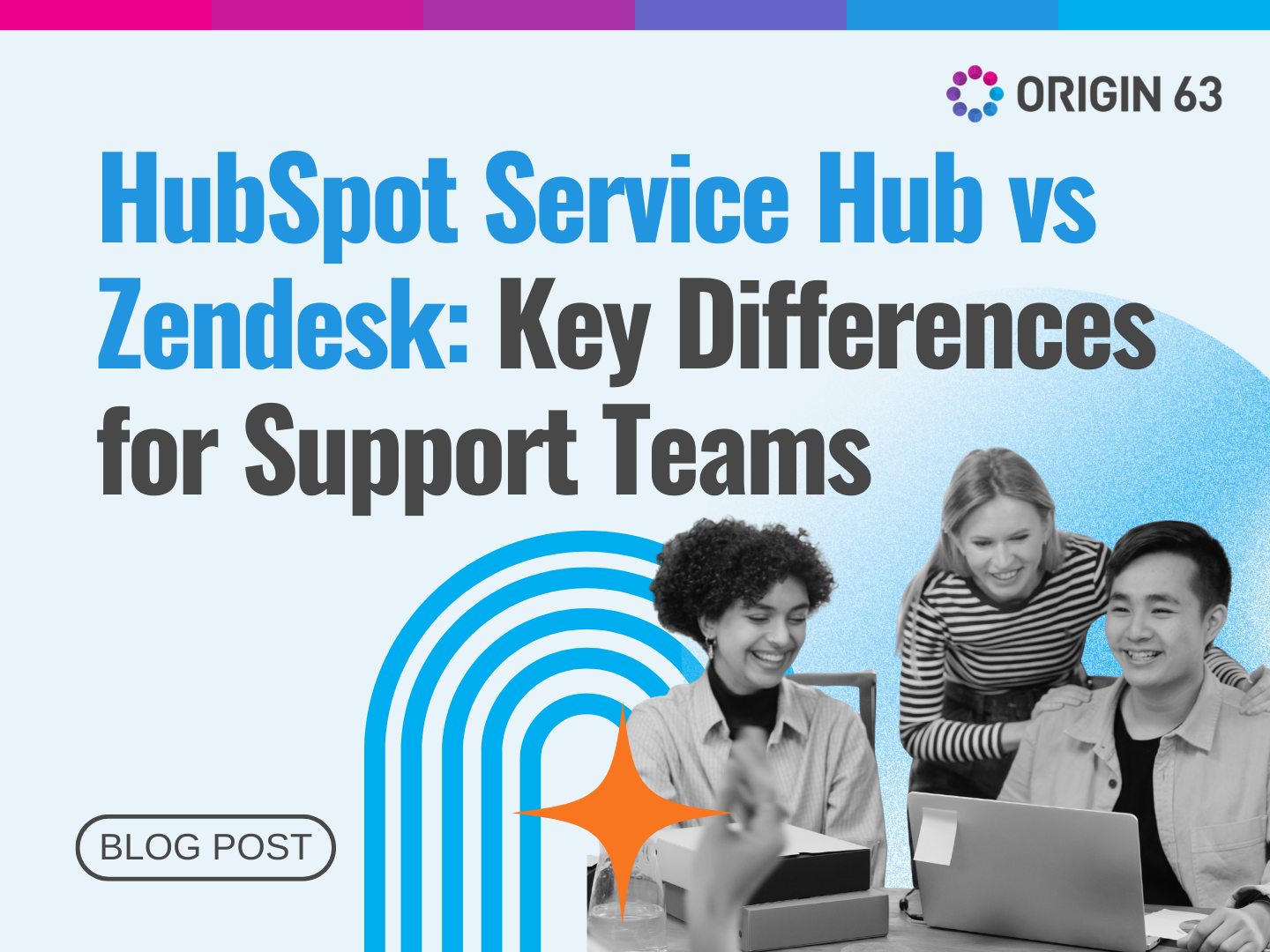Many businesses think growth means one thing: getting more customers. So they spend a lot of time and money on marketing, ads, and sales to bring in new people.
But chasing new customers all the time is expensive. And if you’re not keeping your current customers happy, you’re pouring water into a leaky bucket. Keeping the customers you already have is often cheaper, smarter, and better for long-term growth.
In this blog, we’ll explain why customer retention matters more than customer acquisition, how it helps your business grow, and what you can do to keep your customers satisfied and loyal.
Why Customer Acquisition Is So Expensive

Getting new customers might feel like the fastest way to grow. But behind the scenes, it’s often the most expensive and time-consuming part of running a business.
1. You spend more money to get them
Most businesses start with marketing: Ads, social media, search engines, and partnerships. These tools help you reach new people, but they come at a price.
Then, there’s the cost of sales. Your team has to follow up with leads, pitch your product, answer questions, and sometimes give discounts just to get someone to sign up.
When you add it all up, acquiring new customers can cost five to 25 times more than keeping the ones you already have. That’s a huge difference, especially if you’re a growing company trying to make the most of your budget.
2. You wait longer to see profit
New customers don’t always pay off right away. In industries like software and subscriptions, it often takes months (or even years) before a customer brings in more money than it cost to win them over.
For example, if someone signs up for a product that costs $100 a month, but it took $1,000 to acquire them, it’ll take 10 months just to break even. That’s assuming they don’t cancel early, which many first-time buyers do if they don’t see quick value.
3. It’s easy to ignore the customers you already have
This is where many businesses run into trouble. They focus so much on getting new people in the door that they forget to take care of the ones who are already inside. That leads to what’s often called the “leaky bucket” problem.
You keep filling your bucket with new customers, but older ones are slipping out the bottom because they’re confused, unsupported, or not seeing results.
What’s worse is that existing customers are often your best bet for growth. They already know your product, and they trust your brand. Businesses have a 60% to 70% chance of selling to a current customer, but only about a 20% chance with someone new.
Why Customer Retention Drives Long-Term Growth

If customer acquisition is like planting seeds, customer retention is like watering the plants you already have. When you take care of the customers you worked hard to earn, they stick around, buy more, and even bring others with them.
Let’s look at why retention pays off in the long run.
1. Repeat customers spend more over time
When someone sticks with your business, they get more value from your product or service. That makes them more likely to upgrade, try other offerings, or buy more often. They don’t need to be convinced. They already know you’re worth it.
And that loyalty can add up fast. One study found that just a 5% increase in customer retention can boost a company’s profits by 25% to 95%. That kind of growth doesn’t come from constantly chasing new leads. It comes from building strong, lasting relationships.
2. Retained customers are easier (and cheaper) to support
New customers usually need a lot of help. They have questions, they make mistakes, and they need guidance to get started. That’s expected, and it’s worth doing well, but it also takes time, staff, and resources.
On the other hand, customers who’ve been with you for a while already understand your product. They need less handholding and fewer support tickets. A quick check-in now and then, or a helpful email at the right time, is often enough to keep them engaged and happy.
This means your team can spend less time fixing problems and more time helping people succeed.
3. Happy customers bring in new business
People talk about the products they love. When you focus on customer satisfaction, making sure your customers are reaching their goals and feeling good about your service, you turn them into fans.
Those fans become your best marketers. They refer friends, leave good reviews, and spread the word on their own. That kind of trust-based marketing is free, powerful, and hard to fake.
So while it might seem like retention only helps you hold onto revenue, it fuels new growth too, without the high price tag of ads or sales outreach.
A Strategic Shift: Prioritize Retention First

Now that you know how valuable customer retention is, the next step is to build a strategy around it. You don’t have to stop acquiring new customers, but you do need to make sure the ones you already have are supported, successful, and satisfied.
Here are three ways to start putting retention first.
1. Start strong with onboarding and product education
The first few days after someone becomes a customer are some of the most important. If they’re confused, overwhelmed, or unsure how to get started, they might give up before they see value.
That’s why onboarding matters so much. It’s your chance to welcome them in, show them the basics, and help them get early wins.
A good onboarding process might include:
- A simple welcome guide or checklist
- Short, clear tutorials
- A personal email or message to check in
- Answers to common questions before they need to ask
You don’t need anything fancy. Just make sure your customers feel supported from the start.
2. Help customers reach their goals
People don’t buy a product just to use it. They buy it to solve a problem or reach a goal.
Your job isn’t just to deliver features. It’s to help your customers get real results. That means understanding why they chose you in the first place and making sure they’re on track to get what they came for.
This can look like:
- Recommending best practices based on their goals
- Offering check-ins or success calls
- Sharing tips, use cases, or reminders based on what they’ve done so far
When customers feel like you’re invested in their success, they’re much more likely to stay.
3. Track what matters: satisfaction, usage, and renewals
To know if your retention strategy is working, you need to measure the right things. Don’t just track sales. Look at how engaged and happy your customers are after they buy.
Here are a few metrics:
- Customer satisfaction (CSAT): Are they happy with your service?
- Product usage: Are they using what they paid for?
- Renewal rate: Are they sticking around month after month?
These numbers help you spot issues early and make changes before a customer walks away.
And remember, small improvements in these areas can make a big impact. Even a tiny boost in retention rate can mean a big jump in long-term revenue.
The Role of Customer Success in Driving Retention

Customer success is more than just fixing problems. It’s about making sure your customers are happy, supported, and reaching their goals every step of the way.
When you have a strong customer success team, you’re not just solving issues. You’re building trust, showing care, and helping customers grow with you. This kind of support leads directly to higher satisfaction, longer relationships, and better long-term growth.
Here’s how it works.
1. They check in before there’s a problem
A good customer success team doesn’t wait for complaints. They look at the data, watch for signs of trouble, and reach out early, before the customer gets frustrated or leaves.
For example:
- If a customer hasn’t logged in for a while, they might send a quick check-in email.
- If a customer hasn’t completed setup, they might offer help finishing those last few steps.
- If a new feature launches, they can recommend it to the right users based on what they’re already doing.
These little nudges help customers feel seen and supported. And they give you a chance to fix small issues before they turn into lost revenue.
2. They help customers unlock more value
It’s easy for customers to use just one or two features and miss out on the full value of your product. That’s where customer success comes in.
Success teams look at how customers are using the product and what they might be missing. Then they share tips, resources, or offer personal help to show them what’s possible.
For example:
- “We noticed you haven’t tried automations yet. Want a walkthrough?”
- “Other teams like yours are using this feature to save time, here’s how you can try it too.”
Helping customers go deeper with your product keeps them engaged. It also makes them more likely to renew, upgrade, or expand their usage over time.
3. They collect feedback and close the loop
Customer success teams are often the first to hear what customers are struggling with—or what they love. That feedback is incredibly valuable.
Through sharing it with product, marketing, or leadership, your team can help shape better experiences for everyone. You can fix bugs faster, improve onboarding, or create features people are asking for.
And when you let customers know you’ve listened and made changes based on their input, they feel like they matter. That kind of relationship builds deep loyalty.
For example:
- “Thanks for your feedback about the dashboard filters, we just updated them this week!”
- “You mentioned wanting more tutorials, so we added a help center section just for your use case.”
It doesn’t take much. Just show them they’ve been heard.
4. They build long-term relationships
When a customer knows they have someone they can reach out to—someone who remembers them, checks in regularly, and genuinely wants them to succeed—they’re much more likely to stay.
This kind of connection isn’t about selling. It’s about care. And over time, it turns regular customers into loyal fans who trust your brand, recommend it to others, and stick with you even when competitors come knocking.
Customer success isn’t just another team. It’s the heart of retention.
Keep the Customers You Worked Hard to Earn
Growing a business isn’t just about getting more people in the door. It’s about making sure the ones who are already with you stay, succeed, and feel supported.
Customer acquisition will always matter. But when you focus on customer retention, through better onboarding, ongoing support, and helping people reach their goals, you set your business up for real, steady growth.
Retention costs less, brings in more value over time, and builds trust that lasts. It’s not the loudest strategy, but it’s one of the smartest.
Start by looking at how you welcome new customers, how you support them day-to-day, and how you measure success. A few small shifts can make a big difference.
Ready to Make Retention a Priority?
At Origin 63, we help businesses set up smart, strategic systems in HubSpot that support long-term customer success. From onboarding workflows to usage tracking and customer feedback tools, we’ll help you use HubSpot to drive real retention, not just one-time sales.
Let’s make sure your customers stay, grow, and thrive. Reach out to our team to get started.














.png?width=90&height=90&name=Arrows%20Partner%20Badge-test%20(1).png)

